Beyond Mammogram
- By Healthy Living Liberty Lake
- •
- 29 Aug, 2017
- •
How thermography goes beyond mammograms to detect breast disease.

Most women I know are frightened at the prospect of breast cancer, and most of us are focused on prevention. There are active things we can do to prevent breast cancer, like exercise, keeping our weight down, eating plenty of vegetables – especially cruciferous vegetables – and taking the right supplements.
Mammograms are a part of this preventative program, and the medical establishment tells us to get them annually, past age 50 (every 2 years from ages 40-50). And we’ve complied, no matter how painful, despite the radiation risks. Yes, mammograms do expose us to a small amount of radiation, each time, and the effects are cumulative.
And for what? For women in their 60s, mammograms will only prevent 3 cancer deaths for every 1000 women screened. They often miss small tumors, as they need the cancer growth to be a certain size to find them, and by that time, it can be too late to treat successfully. In my 25 years of practice, I have had many women have completely “normal” mammograms, yet diagnosed with breast cancer 3-6 months later; one case in particular was already metastatic to bone. The Swiss Medical Board Quit recommending mammograms altogether, because of a large study showing that regular mammograms did not reduce the risk of dying from breast cancer by even one day.
That’s why I’m interested in an alternative to mammograms, one that is safe, with no radiation exposure, painless, and detects the cancer earlier than a mammogram. Do we have such a thing?
We do – Breast Thermography. It works by taking infrared photos of the breasts, detecting increased blood flow to areas of increased inflammation, as in cancer. All the blood flow activity produces additional heat in the area, and this heat can be detected using infrared photography. So by finding “hot spots” in the breast, you can focus diagnostic tools like a biopsy to identify cancer tumors early.
Thermography can identify a tumor earlier than mammography, is FDA approved, safer, and painless. So why haven’t most people heard of it? Because medical schools and traditional western medicine pushes only mammography. That’s where all the money is. And therefore, only mammography is covered by insurance, despite the fact that it costs 3 times more and is not as sensitive as thermography.
It can be difficult to find thermography in your area, and you may have to search online for a location. At Family Medicine Liberty lake, we have the most up-to-date thermography available for patients in Spokane and the surrounding area, and are able to do not only breast thermograms, but whole body thermograms. Call (509) 928-6700 to schedule.
By Dr. Susan Ashley, M.D.

By Dr. Susan Ashley, MD

By Dr. Susan Ashley, MD
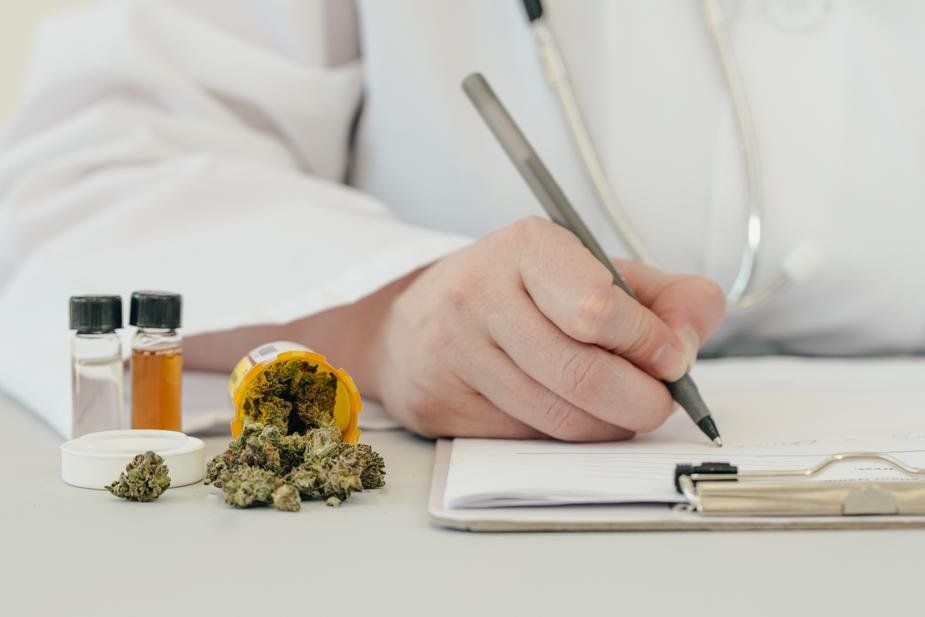
Opiates taken long term also leads to a reduced pain threshold, meaning a person on them will feel pain at a much earlier level than someone else.
There's a lot of interest now in using cannabis to reduce chronic pain, and studies have shown they can be quite effective for neuropathy, migraines, spasticity and joint pain.
However, it doesn't always work, and now a new study shows why.
Then at the end of the 4 years, the people who used cannabis for pain had greater pain severity scores They also found that the meds and other remedies taken for pain were less likely to be effective. In addition, they had greater generalized anxiety disorder severity scores. The bottom line-- the cannabis users were not able to decrease the use of narcotics. Why?
Because of the well known fact that chronic narcotic use decreases pain threshold. In fact in some people the threshold becomes so low that even minor pains can seem intolerable. In essence, the narcotics cancel the pain relieving effects of the cannabis.
Chronic opiates should be avoided as much as possible in chronic pain. Tolerance develops quickly, addiction can occur, and pain threshold is lowered. If you have chronic pain, use other modalities first to try to alleviate the pain. This includes cannabis, acupuncture, anti-inflammatory drugs, weight loss, energy medicine, and stem cells. We have used IV stem cells for reduction of neuropathy pain with good effects.
By Dr. Susan Ashley, MD

Not only that, but those who walked at a fast pace reduced their risk of death even further, by 24 percent.
All it took was putting one foot in front of the other a little more quickly!
And when the researchers zeroed in on cardiovascular disease deaths among participants over age 60, the results were even more striking.
Compared to the slowest walkers, average-paced walkers slashed their risk of dying from cardiovascular disease by 46 percent -- and the fast-paced walkers slashed it by a whopping 53 percent.
Now, the study didn't determine exactly how walking at a faster pace can add years to your life. And how fast do you have to walk just to hit the "average" mark? How brisk is brisk?
In the study, a "fast" pace was defined as one that makes you slightly out of breath or sweaty when sustained. That could vary depending on how much you weigh, how much sleep you got, how much you ate earlier in the day, etc. So there was no exact speed such as 3 mph or 4 mph.
By Dr. Susan Ashley, MD
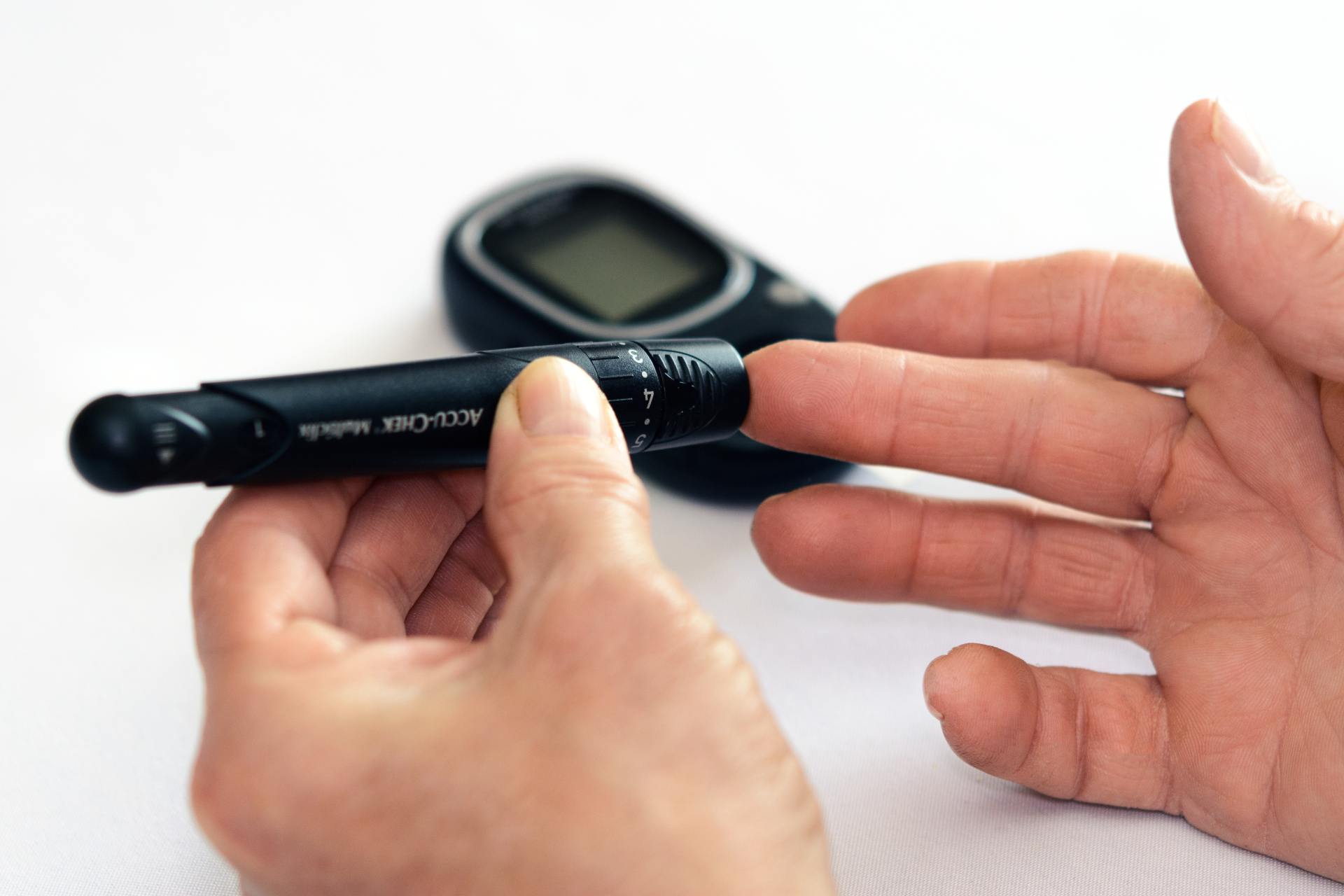
By Dr. Susan Ashley, MD
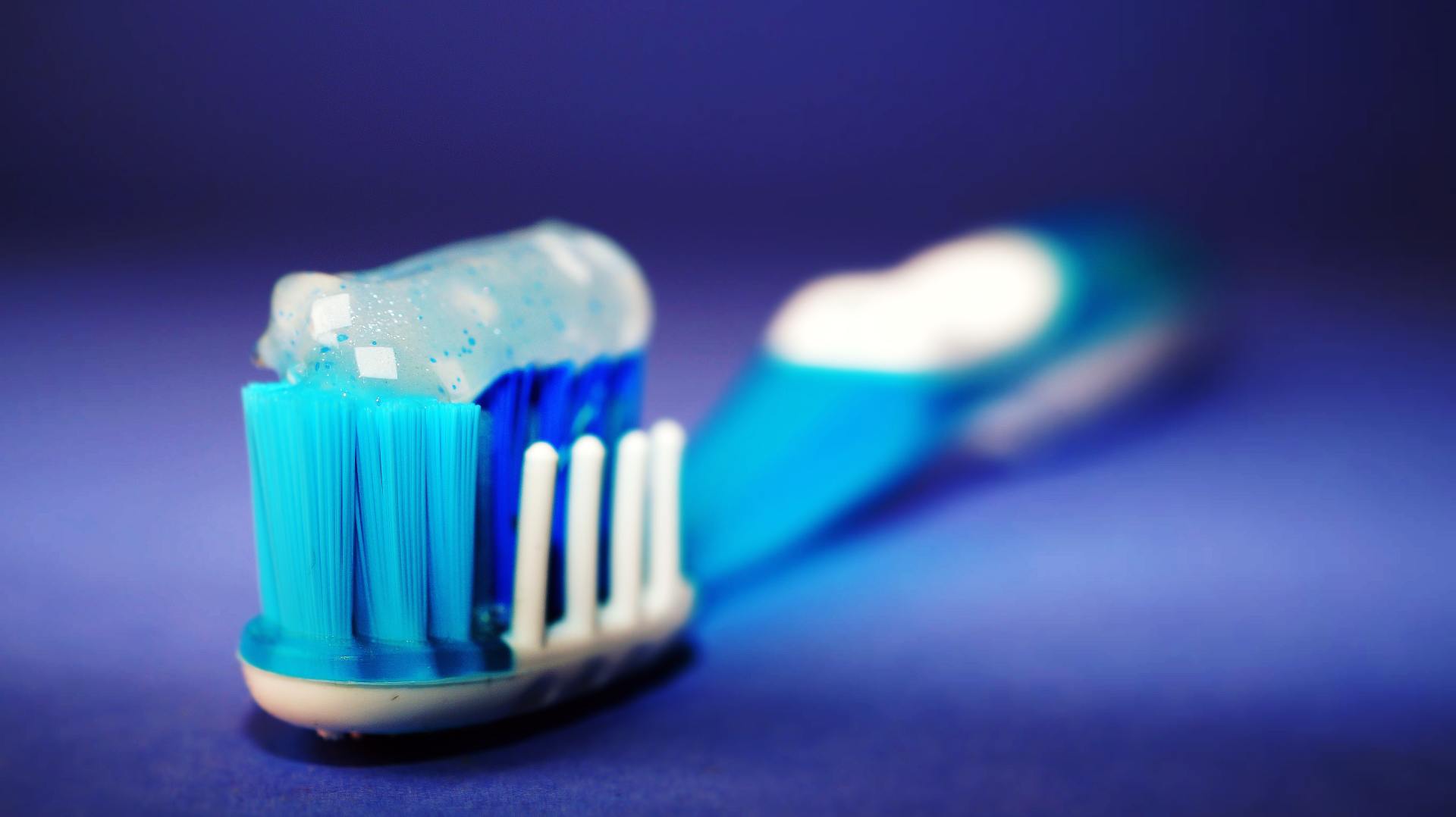
Side effects of triclosan include:
- About 1/2 cup coconut oil
- 2-3 Tablespoons of baking soda
- 2 small packets of stevia powder
- 15-20 drops of peppermint or cinnamon essential oil
- 10 drops myrrh extract (optional)
Natural Toothpaste Instructions
- Melt or slightly soften coconut oil.
- Mix in other ingredients and stir well. If using semi-hard coconut oil, use a fork, if not, use a spoon. If you are using completely melted coconut oil, you will need to stir several times while the mixture cools to keep the baking soda incorporated.
- Put mixture into small glass jar (I make different ones for each family member)
- Let cool completely.
- To use: dip toothbrush in and scrape small amount onto bristles. Could also use a small spoon to put on toothbrush.
By Dr. Susan Ashley, MD

By Dr. Susan Ashley, MD

By Dr. Susan Ashley, MD
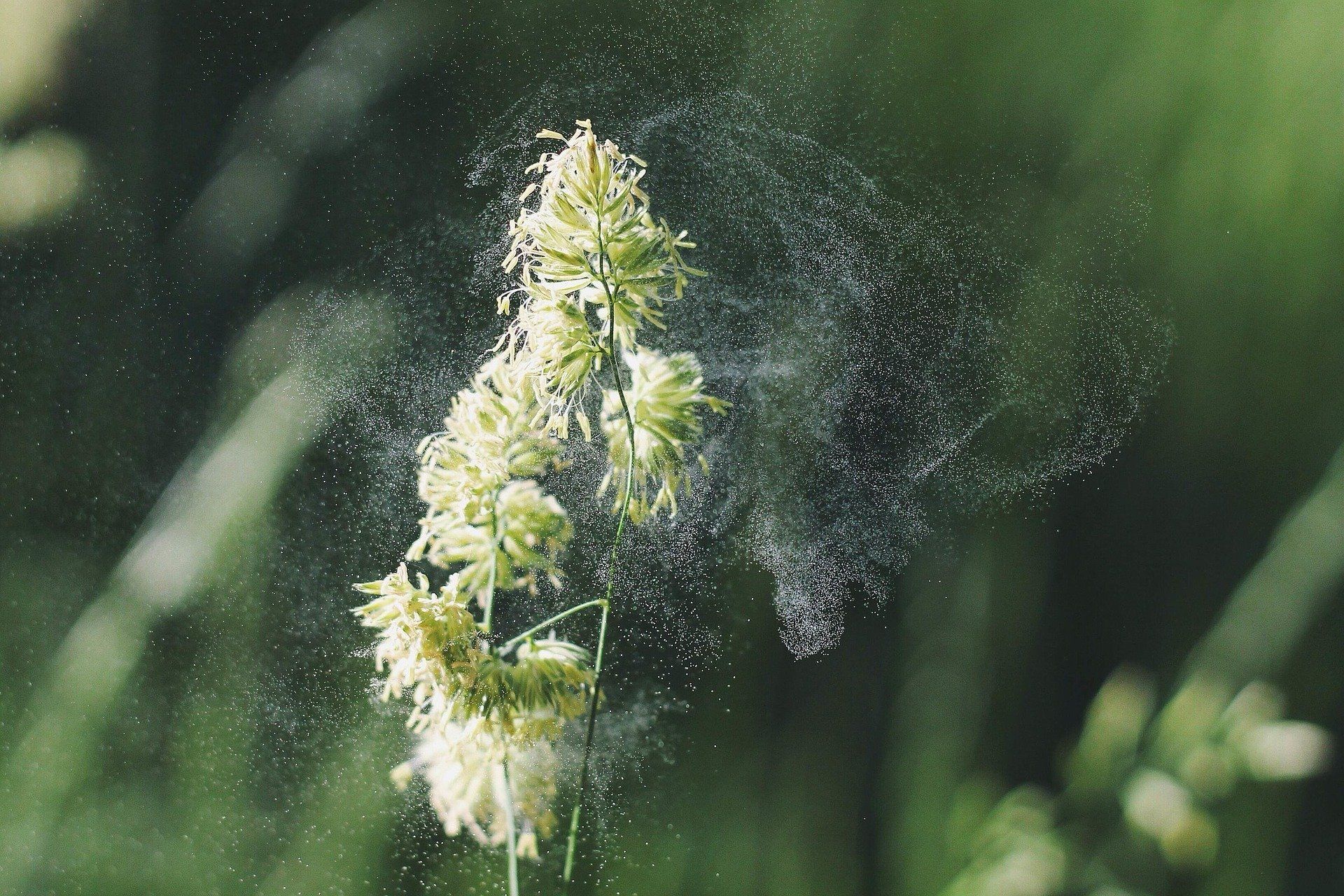
By Dr. Susan Ashley, MD
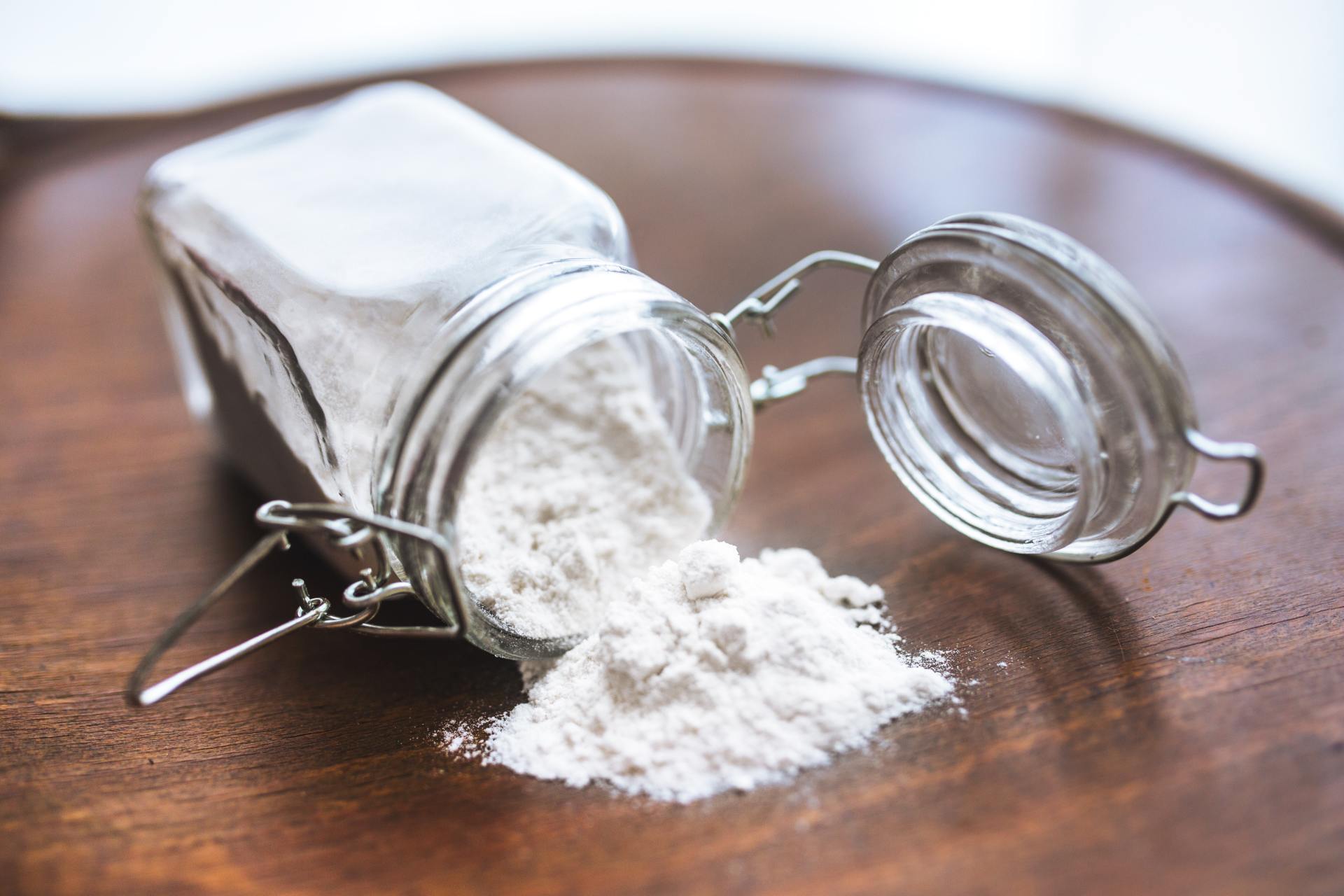
By Dr. Susan Ashley, MD
